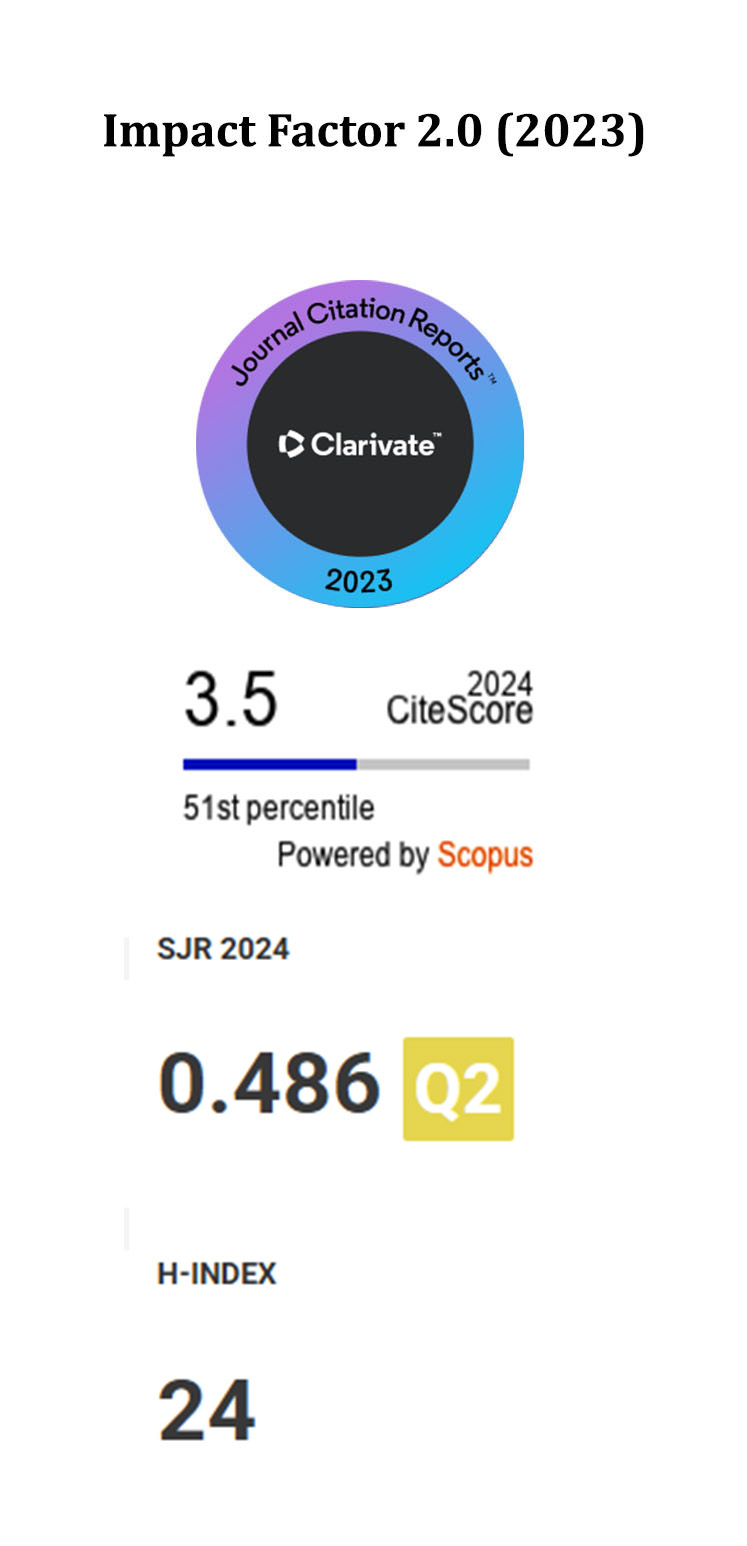Improving Autonomous Performance of a Passive Morphing Fixed Wing UAV
DOI:
https://doi.org/10.5755/j01.itc.49.1.23275Keywords:
UAV (Unmanned Aerial Vehicle), Dynamic Model, State Space Model, PID, Simulink,Abstract
In this study, it is examined that simultaneous flight control system and lateral and longitudional state-space model of a Unmanned Aerial Vehicle (UAV) and real time application. For this purpose an UAV whose wing and tail unit can be assembled to fuselage from different points in a prescribed interval and whose wing and tail can move forward and backward independently in tail to nose direction is manufactured. Following this, an autopilot is purchased and it lets change of P, I, D coefficients in certain intervals. First, dynamic model, and longitudinal and lateral state space models of UAV are obtained and then simulation model of UAV is reached. At the same time block diagram of autopilot system and modeling of it in MATLAB/Simulink environment are found. After these, using these two models and also benefiting and adaptive stochastic optimization method namely SPSA, simultaneous design of UAV and autopilot is done in order to minimize a cost function consisting of rise time, settling time and maximum overshoot. Therefore, primarily autonomous performance is maximized in computer environment. Moreover, high performance is observed by looking at simulation responses and real-time flights.
Downloads
Published
Issue
Section
License
Copyright terms are indicated in the Republic of Lithuania Law on Copyright and Related Rights, Articles 4-37.




